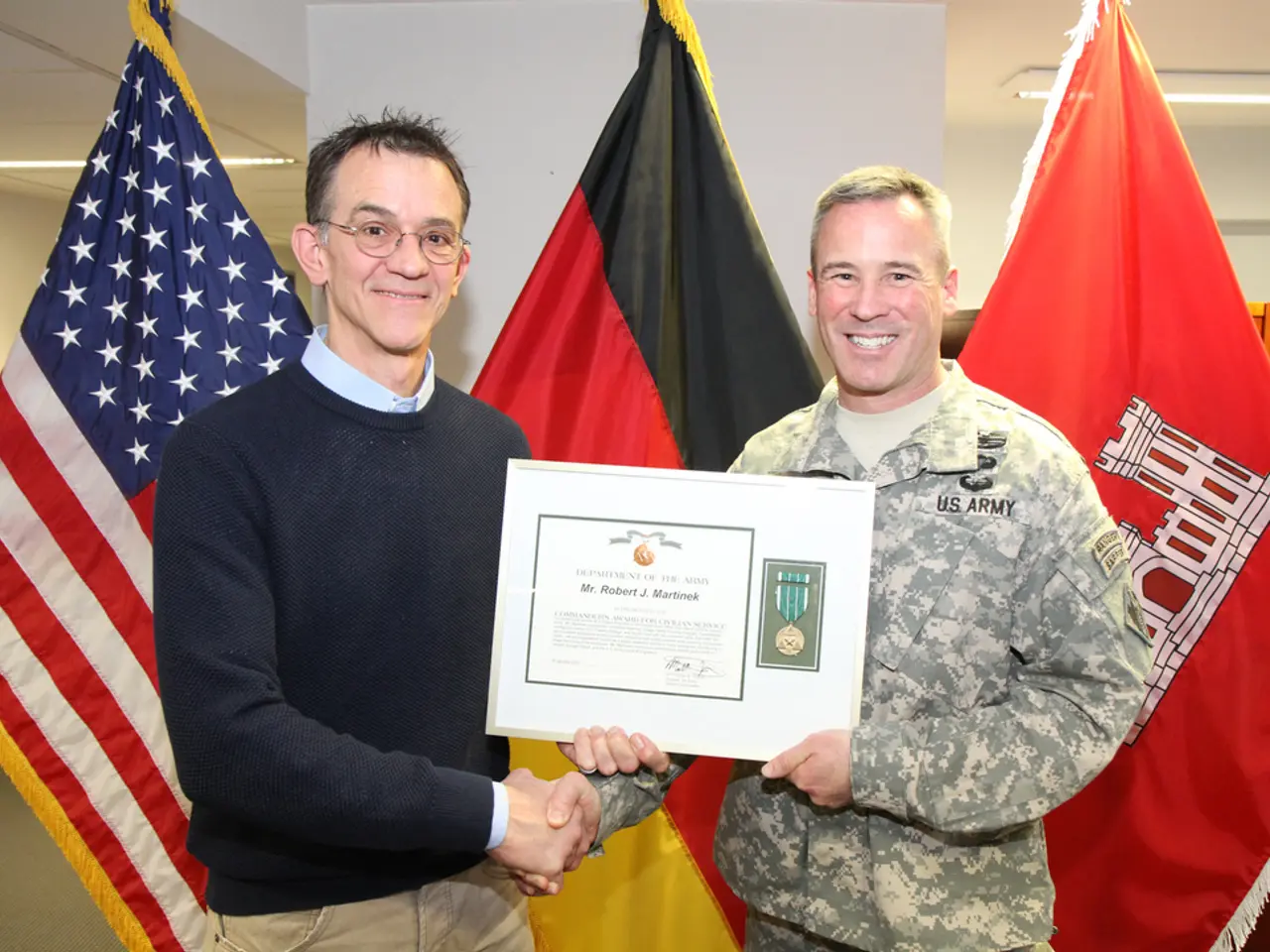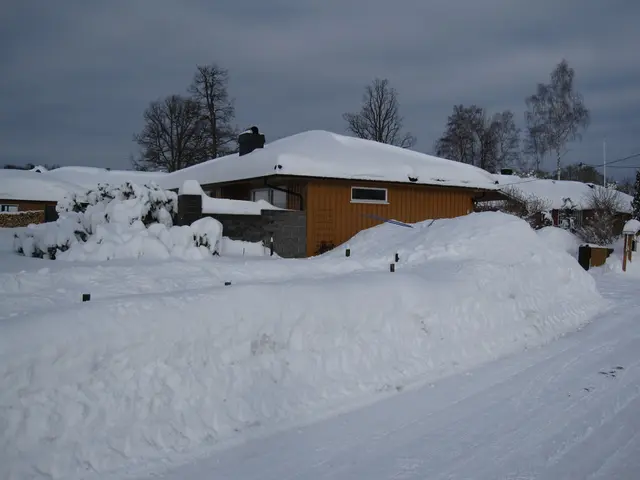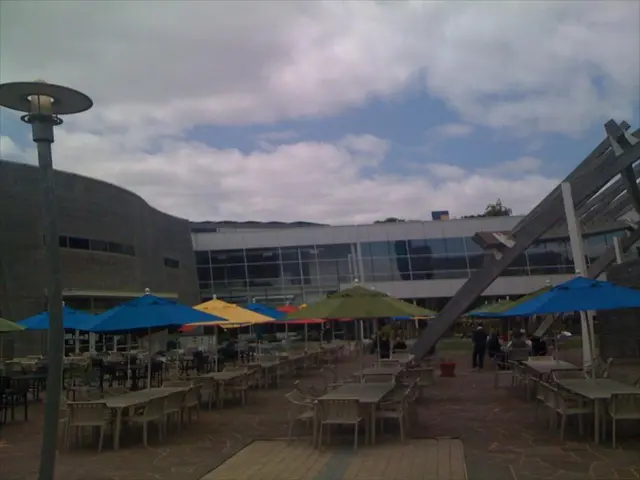Solar system incentives: Quantifying the potential financial savings you could enjoy
Solar Savings in Australia: How the Small-scale Renewable Energy Scheme (SRES) Can Help
The Small-scale Renewable Energy Scheme (SRES) in Australia is a government initiative designed to encourage the adoption of renewable energy, particularly solar, by providing financial incentives. Here's how it works and how it can help you save money on solar system installation.
How SRES Works
The SRES covers various small-scale renewable energy systems, such as solar photovoltaic (PV) systems, solar water heaters, and solar batteries, with specific capacity limits. For example, solar PV systems must have a capacity of no more than 100 kW and produce less than 250 MWh annually.
Eligible systems earn Small-scale Technology Certificates (STCs), which are essentially a rebate applied at the point of purchase. Installers often factor these into their quotes, reducing upfront costs. The value of STCs can save homeowners between $2,000 to $4,000, depending on the location and system size.
To qualify, the system must be installed by an approved installer/designer under the SRES. This ensures that the installation meets the necessary standards and is eligible for incentives.
How SRES Saves You Money
The STCs can significantly lower the initial cost of purchasing a solar system, making solar energy more affordable.
In addition, by reducing your reliance on the grid, solar systems can lead to substantial long-term savings on your energy bills. Any excess energy produced can be sold back to the grid through feed-in tariffs, further reducing costs.
Some states offer additional rebates or loans that can be combined with federal incentives, such as the STCs, to further reduce costs. For example, states like South Australia and Victoria provide subsidies for battery storage.
Tips for Choosing an Installer
It is important to choose an installer accredited by the Clean Energy Council to qualify for STCs and receive a rebate. Avoid buying solar from a door-to-door salesperson without obtaining competing quotes from legitimate installers. Thorough research is key to finding a reputable installer who uses quality components and offers competitive pricing.
The phase-out of the STC scheme will not result in significant changes in installation costs from one year to the next. However, some ads may use the subsidy to exaggerate savings and employ 'panic marketing' techniques. Remember that the subsidy payment does not run out, but the number of STCs generated and the savings depend on factors such as system size, location, and current market price of STCs.
As of 2023, Victoria, NSW, the ACT, the Northern Territory, and South Australia have solar rebate schemes available, while Western Australia, Tasmania, and Queensland do not.
In summary, the SRES provides a valuable financial incentive that can make installing a solar system more accessible and cost-effective for Australian homeowners and small businesses. By understanding how the scheme works and making informed choices, you can take advantage of these savings and contribute to a greener future.
The Small-scale Renewable Energy Scheme (SRES) not only encourages sustainability by promoting solar energy, but also offers financial advantages like the Small-scale Technology Certificates (STCs), which can be used to subsidize the purchase of solar sports equipment, such as solar-powered LED soccer field lights, reducing the initial cost and making them more affordable for schools and sports clubs.
By choosing an approved installer for their solar system, homeowners can ensure eligibility for the STCs rebate and achieve even greater savings, while simultaneously minimizing their energy bills and promoting a greener choice in sports facilities.







